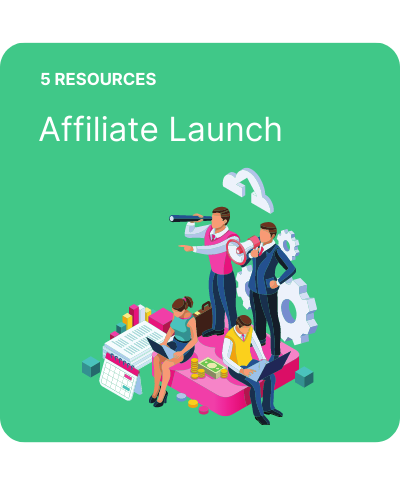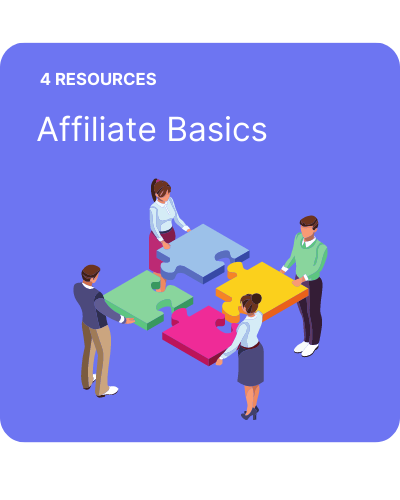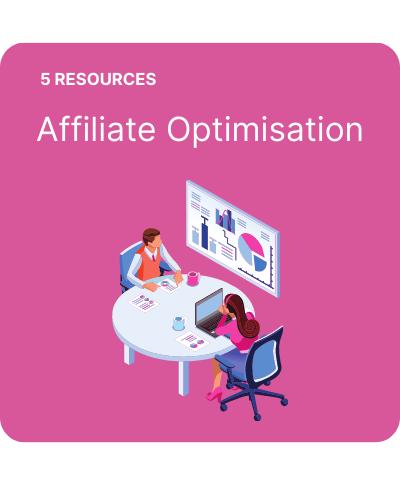How to communicate better with affiliates
How and when you communicate to your affiliate partners is an important way to engage and grow your program. Ideally, from every newsletter you send, the affiliate needs to pick out the content relevant to them and add that to their site.
Why then do I still see so many of these?
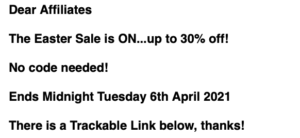
Blanket emails sent on a Friday, with no consideration as to who they are sending them to. For reference, I am listed as a content publisher with a blog talking about men’s style. The likelihood of me posting about their latest offers is slim. With a coupon site though, it is going to be very high.
Lazy affiliate managers like to hedge their bets, sending their affiliate newsletter to everyone on the program with the hope that someone picks it up.
Networks don’t help the cause. The majority of affiliate networks offer no solution for segmenting their userbase for communications without a lot of heavy lifting.
But, by following these quick and easy email tips, you can create stunning affiliate newsletters, targeted to the most engaged partner.
1. Segmentation
Segmenting your affiliates is a surefire way to improve email open rates. As an affiliate newsletter is being sent as an email, it makes sense to treat it the same as you would your customer emails. The basics of effective communication are the same no matter the channel.
The average affiliate program could have over a thousand partners. If you aren’t segmenting then you could potentially be sending the wrong message to the wrong partner.
Some different ways to segment your affiliate partners might include:
Demographics
Affiliate partners can cross over a wealth of target demographics. Aligning your internal customer data with their audiences could help you deliver more targeted content that has a higher propensity for success
The majority of general audience data can all be mined from Google Analytics so it isn’t too much to ask for affiliates to provide this. If you are lucky they will have already included this in any media decks you have received.
Affiliate Type
The easiest and probably most effective segmentation is to associate types with each of your affiliate partners. Networks have typically done this legwork for you as it can be mandatory to state your promotional type (editorial content, coupon etc) upon signing up.
Be aware though, it has been known for some affiliates to portray themselves as a different category in order to fool the system. Content partners for example typically receive higher commission rates, so a coupon site could call themselves editorial to slip under the radar.
Cross-reference all or at least the top 20-30 partners in your email lists to ensure they are who they say they are when it comes to the promotional method.
Engagement
Assuming you are using a CRM tool, gathering all the email insights and send data from it is extremely valuable.
Two key metrics that can play into engagement are open rates and click-through rates. One hypothesis would be that a partner who is opening and engaging with your newsletter is more interested in your brand than someone who rarely engages.
So, why not plan a campaign to re-engage those inactive users. If they aren’t opening or clicking the emails, why is the content is falling short with them?
They may have signed up to your program a long time ago and their site is no longer live. Or, they might want different brand info from you. Either way let’s not give up on those inactive partners too soon.
This re-engagement campaign could take the form of a simple survey. But, could provide some welcome feedback to improve your newsletters further.
Geographic
It can be easy to sign up for different affiliate programs even if you aren’t based in the same country. That is the beauty of affiliate marketing, it can be a borderless way to scale your business.
But, from a brand perspective, you might only be offering particular deals or content to customers in any one country at a single time. If the wrong affiliate picks up on the offer and sends a ton of visitors to the site it could lead to high bounce rates, or worse, some annoyed customers.
Segmenting by country can help you target the right audience with the correct content. As standard, you should also be making sure that all e-mails are translated to the prominent language of that country. If not, that is a massive own goal and will tank your open rates.
2. Personalisation
Relationships are important in all walks of life and email marketing is no different. You are more likely to open an email from someone you know than a random sender. So, building a rapport with affiliate partners can lead to higher open rates from the newsletter.
Step 1 – Include their name
The simplest form of personalisation in email marketing is adding the receivers name. This is not a formal correspondence, so keep it just as only the first name for now.
Most, if not all email sending tools have the functionality to add a ‘FIRST NAME’ merge tag.
Job done! Right?
Not quite. As the larger partners sign up for thousands of affiliate programs, they have generic email addresses associated with them. Including a merge-tag will end up with ‘Hi, Awin Partners’ being sent to an email account no one at the company reads.
This is why I always recommend using a third party CRM tool to manage your affiliate communications. Not only will you be able to populate each contact with the right account manager’s details, but you will also gain access to a ton of relevant additional email insights. These insights will give you knowledge on open rates and click-through rates from your emails. Helping you to sculpt better performing affiliate newsletters.
Step 2 – Add their site
Again, a third party CRM tool will allow you to add tags like company or website to each email.
——
Hi Sarah
How are you?
We are going to be launching ‘product x’ in a few weeks and I was reaching out to see if you are writing any relevant articles on ‘website’ that we could get involved in?
——
This subtle extra addition of personalisation shows the affiliate that you have done a little further research. You are genuinely interested in them and their site for your product.
Step 3 – Your contact details
Signing off your email from the ‘brand affiliate team’ might seem nice from a company perspective. But, adding your own contact details will show that you are open to receiving communications from your affiliates.
Now, it doesn’t have to include a phone number if you don’t want. But, ensure it at least has your full name and e-mail.
Not all affiliates are seasoned pros. Some, are only starting out. Having a contact at the brand that can help them with simple tasks like ‘how to grab links’ or ‘where to find banners’ can be reassuring.
3. Templates
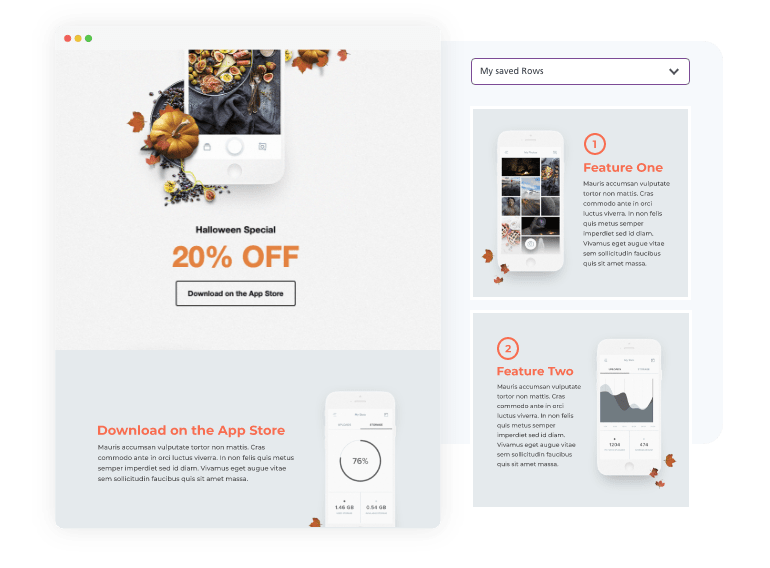
Going back to my original comment around generic offer emails on a Friday, it still amazes me how few affiliate programs use email templates. Using an email template does not require a ton of design expertise but will immediately improve your emails look and feel.
Affiliate managers I believe see that (most) networks don’t provide templates and therefore they think they can’t be important.
If an email looks professional, it is more likely to encourage viewers to engage with its content. So, by creating an affiliate newsletter with a template you are immediately elevating its content.
I personally use BeePro for my email templates, but you will equally find templates in CRM tools like ConvertKit or MailChimp that can be adapted to suit your brand.
With BeePro I build my template then export it as HTML and upload that HTML script into my network or CRM tool.
Hey presto, a great looking email.
Note: Remember if you are uploading to a network that you use the correct merge tags for pulling in data like the affiliates first name.
Using an e-mail template can offer the chance to include a ton more information:
- Key site conversion levers (e.g. free shipping, flexible payment terms)
- Links to relevant pages on the brand’s site (e.g. delivery info)
- Links to relevant pages in the affiliate network (e.g banners)
- Multiple visual contents (e.g best sellers and new product launches)
- Personal imagery (e.g. why not add your photo)
4. Include Great Content

Now, you are segmenting your affiliates and sending personalised emails in great looking templates, its time to think about the content.
Don’t undo all that hard work by sending the same email every week that lists a breakdown of your latest offers. It is boring and lazy. Take it from someone who has received hundreds if not thousands of these over the years.
It has come to the point now that I either unsubscribe or immediately delete.
Some suggestions for content to include could be:
- Product launches
- Bestsellers
- Showcase influencer partnerships
- Change in contact details
- New-season banners
- Product highlights and how-tos
Also, think about what could make the affiliates life easier when they go off and create their own content. This might be:
- Lifestyle imagery
- Product imagery
- Banners
- Affiliate links
Conclusion
Following the above tips will ensure you send better affiliate email communications that return higher engagement metrics. They will lead to the right partner receiving the right message, which is the ultimate goal of your affiliate newsletters.
Digital marketing budgets are always tight but if you utilise resources like CRM tools and email templates they can become a cost-effective way to send better emails.

